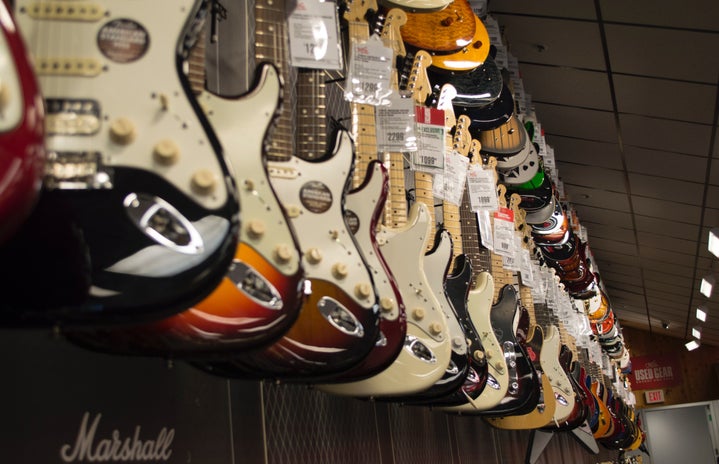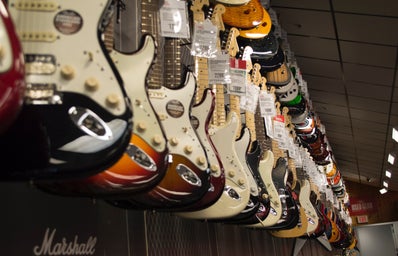I recently discovered that not only is all the world a stage, but all the bus stops are a silent disco too. For many like myself, until recently, the concept of a silent disco has been kept silent, seemingly kept hush hush throughout our lives, never knowing what it ever truly was, if ever hearing of it at all. A silent disco is a lot like being at a bus stop with people wearing headphones and just nodding their heads to the music blasting through the headphones. A silent disco typically has three or so different channels you can listen and dance to with a slider on the headphones, so you can move from one channel to the next. Each channel has a DJ mixing different songs together for you to dance to. These DJs, from my own personal experience, can be found in a typically dark room with you, mixing beats and available for you to go up and make song requests to.
My first time at a silent disco was welcomed with glow sticks and small pieces to connect them with. While most used these glow sticks with the connectors to fashion makeshift bracelets and necklaces, I decided to loop mine through my belt loop to make a makeshift multicolored glowing belt, practically making my hips like a glowing hula hoop, when dancing. Each channel has its own color it changes the headphones to—on this particular silent disco night, the headphones were either blue, green, or red, depending on what channel you turned on. It was interesting seeing different seas of color in the darkened room, depending on what friend group was standing where. One side of me would be made up of a sea of green and another side of me would be a sea of red, corresponding to the channels on the headphones. I noticed as the night went on that people in friend groups tended to listen to the same songs as each other, changing to the same channels.
Silent discos are known as events that are great for talking, ironically enough since having headphones on usually gives the silent signal that you don’t want to talk. If you want to introduce yourself to someone or have a conversation, you just have to take off your headphones and start talking with each other—no yelling required, unlike at most dance events. With the headphones on, it’s a typical Friday night dance party, but when you take the headphones off, it quickly transforms into a bus stop of people dancing around to seemingly no music and shouting out lyrics to songs they’re listening to with their headphones on. The stark difference when having them on and off is like a drastic, sudden scene change. Put the headphones on and you’re at a rowdy dance party, take them off and you’re at the bus stop where all the cool kids go, grooving to the music through their headphones and nodding their heads.
A plus side to the silent disco is that it’s not as easy for people to catch you if you’re not dancing on beat, because people are listening to different songs; a downside, however, is that they can just look at whatever color your headphones are lit on and tell. Silent disco parties are, also great for picky choosers of music. Each channel is a different set of songs mixed together and the dancer can tune in his/her headphones to any channel he/she wants! This is an easy fix for a bunch of people with different song preferences and a way to better guarantee less unsatisfied listeners. Another plus side to a silent disco night is that it’s a great dance party alternative, if you have a neighbor that doesn’t appreciate you blasting music through the walls. Hello, silent discos; goodbye, noise complaints.



